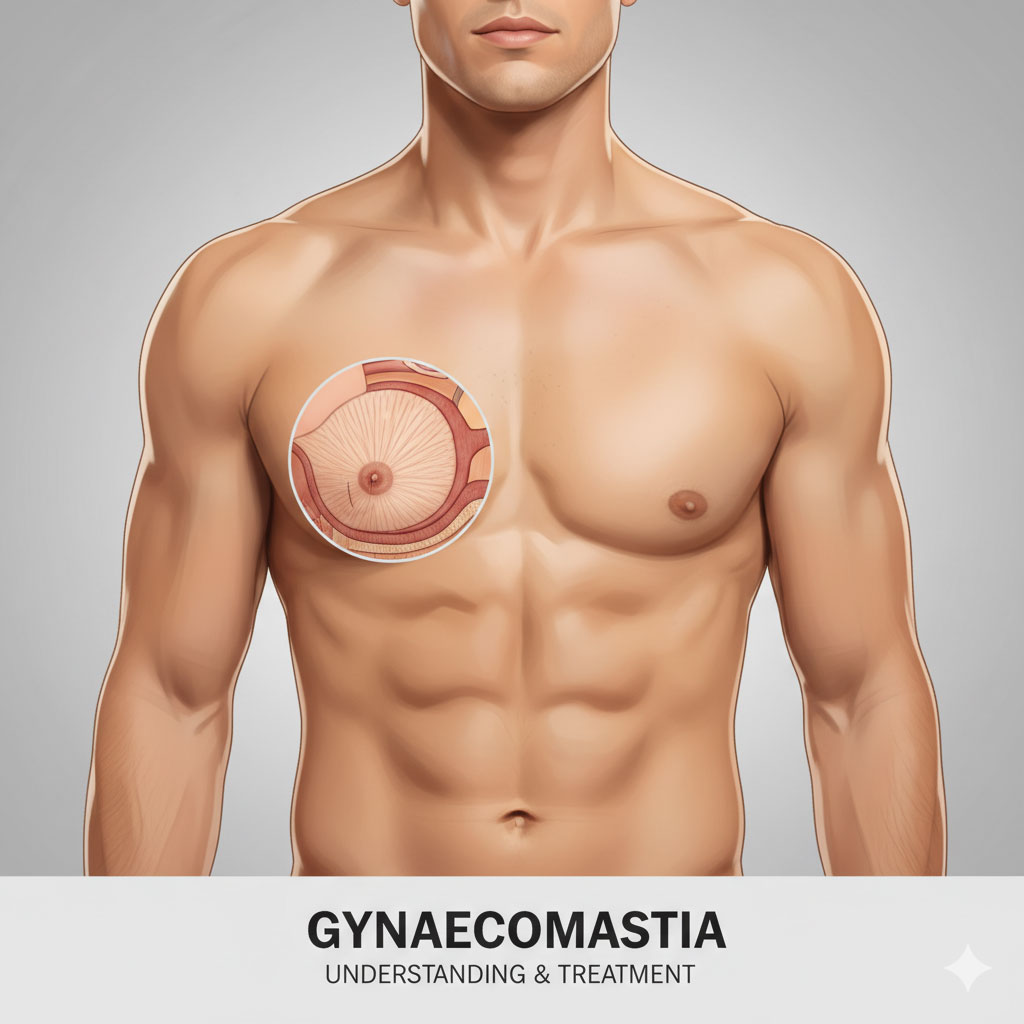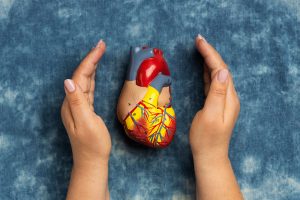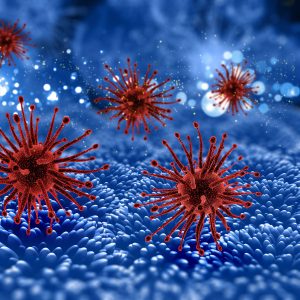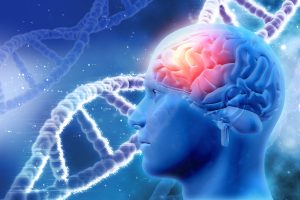Gynaecomastia is a common condition affecting men, characterised by the enlargement of breast tissue. About 40 to 60% of Indian males experience gynecomastia at some point in their life as per data from the National institute of health (NIH). This benign (non cancerous) enlargement of breast tissue in males may develop due to natural changes in hormone levels. It can cause physical discomfort , emotional distress, embarrassment and can impact self esteem. Despite it being a common problem, many boys and men don’t address it due to stigma and lack of awareness.
Causes
1. Physiological- Gynaecomastia can occur normally during 3 phases of life
A) Neonatal (shortly after birth)- This can happen both in males and females and is partly due to maternal estrogen exposure in the foetus. This may persist for several weeks after birth and may be associated with a milky breast discharge called ‘witch’s milk’.
B) Puberty- Hormonal changes are a common cause with the condition often resolving on its own within a few years.
C) Older age- Its also common in older men due to declining testosterone levels
2. Medications- such as Anabolic steroids, Antiandrogens,certain Cardiac medicines, chemotherapy drugs etc. may induce gynaecomastia by altering the hormone levels.
3. Medical conditions- Several diseases can disrupt the body’s hormoal balance and cause gynaecomastia such as Hypogonadism, Liver disease, Kidney failure, Hyperthyroidism , Tumours, Malnutrition etc.
4. Idiopathic- In some cases , a specific cause is not identified
Symptoms
Gynaecomastia may be unilateral /bilateral. Symptoms may include
– Enlargement of the breast tissue
– Asymmetrical breast growth
– Breast tenderness or pain
– Sensitive nipples
Diagnosis
To determine the cause of gynaecomastia, a healthcare provider will conduct a thorough evaluation. This may include Physical examination, Blood tests ( to look for hormone levels, liver & renal functions etc.), Imaging studies ( to examine the breast tissue and to rule out other conditions like breast cancer)
Treatment options
1. Reassurance and observation- for mild cases especially during puberty, reassurance and observation maybe all that’s needed.
2. Lifestyle changes- For gynaecomastia linked to obesity or weight gain, making changes to your diet and exercise routine may help.
3. Surgery- If the condition is non resolving , is severe and causes distress, surgical removal of the fat and excess glandular tissue ( Liposuction with or without glandular excision) may be considered with an individualised approach.
Conclusion
Despite being non – cancerous , gynaecomastia can cause significant emotional distress and anxiety due to its effect on body image. It is crucial to consult a doctor to get a proper diagnosis and rule out other conditions. Gynaecomastia awareness is crucial for promoting understanding, reducing stigma and encouraging affected individuals to seek medical attention. Gynaecomastia is a treatable condition and with the right evaluation and management, it is possible to alleviate the symptoms and improve overall well being.
Dr. Nitu Joy
MBBS, M.S ( General Surgery ), MCh ( Plastic and Reconstructive surgery)
Consultant – Plastic and Reconstructive Surgeon














